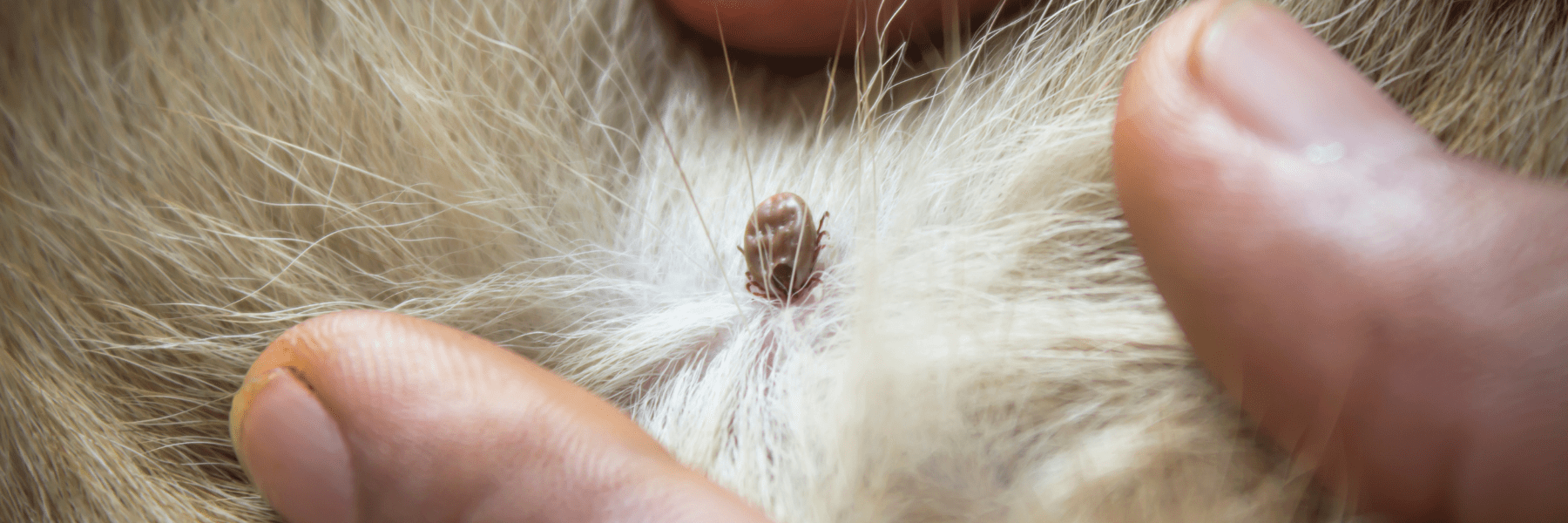How to identify a tick

There are a lot of tick species in the United States, but only a few bite humans. The ticks included below are commonly found on humans and pets in the Northeast and Midwest. You might need a magnifying glass or you may need to zoom in on a picture to see the details on your tick. Nymphs are very small!
For information on how to send in your tick for identification, click the button below.
Synonyms:

Ticks can be big and small


The size of a tick is dependent on:
After a full blood meal, Nymphs can become as big as an unfed female adult (apple-seed size). Adults can become as big as a pea or even bigger in the case of the dog/wood tick
The shield (scutum)

The shield, or the shell found on a tick’s back, covers the entire male tick body. The shield of the female ticks and nymphs cover just the front part of the body.
The pattern on the shield helps identify tick species. However, the shield can be hard to identify when a tick has taken a blood meal.
Cookie cutters (Festoons)

Both female and male ticks can have festoons. When identifying a tick species, we commonly look out for the festoon to help with identification.
Visit the following websites to learn more about tick species:
Tick identification services

Several universities, public health agencies, commercial companies and other entities offer tick identification and pathogen testing for your tick.
Different tick species transmit different pathogens, so it helps to know which species bit you. Although you may send an image of your tick to us, we are not testing them. Additionally, even if a tick is tested for pathogens and none were detected, this does not mean that there is zero chance of you developing a disease. There may also be a chance that other ticks have been attached to you and have gone unnoticed (they are very small!).
Here are a few options you may proceed with if you have found a tick:
Free Identification
Free Identification and Testing with Restrictions
Tick Testing For a Fee

